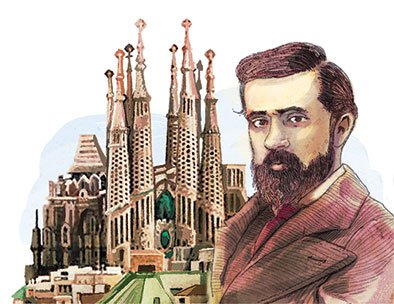Every two years IBBY presents the Hans Christian Andersen Award to a living author whose complete works have made a lasting contribution to children's literature.
The Hans Christian Andersen Award is the highest international recognition given to an author of children's books. Her Majesty Queen Margrethe II of Denmark is the Patron of the Andersen Awards.
The last winner was Maria Teresa Andruetto from Argentina (2012).
The last winner was Maria Teresa Andruetto from Argentina (2012).
The nominations are made by the National Sections of IBBY and the recipients are selected by a distinguished international jury of children's literature specialists. Next winner will be announced next March, 24, 2014.
Between the nominnees, there is a Portuguese author, António Torrado, well know by his books for teens.
But there is another 'Hans Christian Andersen Award'. The Hans Christian Andersen Literature Prize.
Between the nominnees, there is a Portuguese author, António Torrado, well know by his books for teens.
"The purpose is to celebrate Andersen's influence on writers throughout the world by selecting award winners, whose writings can be linked to Andersen's name and authorship through genre similarities or storyteller-artistic qualities."
The prize was established by Hans Christian Andersen's Literature Committee.
In 2010, the prize was given to the British author J.K. Rowling who has created the world famous Harry Potter fairytales and she got in that occasion a plakette with her name put up in Hans Christian Andersen Museum’s Hall of Fame at Odense.
|
This time, the British-Indian writer Salman Rushdie, author of "Midnight's Children," has been awarded the Hans Christian Andersen Literary Prize for 2014 some weeks ago.
The award ceremony will take place on August 17, 2014 along with Hans Christian Andersen Festivals in Odense.
The foundation says the purpose of the award to Sir Salman Rushdie' is "an incomparable author who through a blend of global realism love of the narrative art of the fairytale depicts the signifiance of journeys and cultural meetings for our time"
Given since 2010 and backdated to include the 2007 award given to Paulo Coelho that inspired the HCAL's formation.
Rowling and Rushdie have both received honors from the Queen of England - an OBE and Knighthood respectively - while Rushdie and Allende have both been admitted to the Ordre des Arts et des Lettres by the French Ministry of Culture.
Education:
The book | e-book:
Encouraging reading in school will improve literacy skills for all students. A key part of this commitment is promoting the importance of reading for pleasure.
Teachers and school librarians must support children to enjoy reading, and enable them to read a wide range of good quality literature.
Rushdie's novel Midnight's Children is a teeming fable of postcolonial India, told in magical-realist fashion by a telepathic hero born at the stroke of midnight on the day the country became independent.
The novel is at once a fascinating family saga and an astonishing evocation of a vast land and its people–a brilliant incarnation of the universal human comedy.
Rushdie is an Indian British novelist and essayist who write fiction set on India and subcontinent. His works are considered as a combination of East and West.
The film:
Movies in classroom
The performance or display of a movie by teachers in a course of face-to-face teaching activities in a classroom or similar place devoted to instruction like learning environment can be one of the most interesting educational resources for k-12 and junior high school.
It's a rich interactive approach of exploring Literature for children and youth. Students enjoy it a lot.
It's a rich interactive approach of exploring Literature for children and youth. Students enjoy it a lot.
Movies based on children and youth Literature books are an attractive and enjoyable digital resource to motivate students reading in the school.
Some thoughts:
Reading a book/e-book and after, in a comparative process of learning, display the movie in the classroom, or using tablets for every student, even go to the movies with students are interesting points of vue that educators can't throw way.
Midnight’s Children was adapted in collaboration with the book’s author Salman Rushdie. The film follows the narrative of Rushdie’s book which charts the birth of a newly divided Indian subcontinent through the eyes of a young boy named Saleem Sinai, who is born at the stroke of midnight on Indian independence.
Reading about different cultures and comparing youth traditional principles and values is a wonderful civic learning. Tolerance and respect.
Curricula: Languages; Geography, History, Arts, Civics.
Level: middle and secondary education.
Tools and social media: tablets, ipads, smartphones; Facebook, Twitter, Google + (school accounts).
G-Souto
30.06.2013
Copyright © 2013G-Souto'sBlog, gsouto-digitalteacher.blogspot.com®

Tools and social media: tablets, ipads, smartphones; Facebook, Twitter, Google + (school accounts).
G-Souto
30.06.2013
Copyright © 2013G-Souto'sBlog, gsouto-digitalteacher.blogspot.com®
Reading Hans C. Andersen Literature Prize winners by G-Souto is licensed under a Creative Commons Attribution-NonCommercial-ShareAlike 3.0 Unported License.












